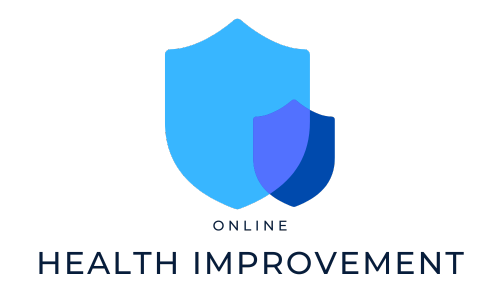Title: The Dangers of Blue Light and Digital Eye Strain: Protect Your Eyes in the Digital Age
Introduction:
In today’s digital age, we spend a significant amount of time in front of screens, whether it’s for work, education, or entertainment. However, this excessive screen time exposes our eyes to blue light, which can have detrimental effects on our visual health. This article will explore the dangers of blue light and digital eye strain and provide measures to protect our eyes.
Understanding Blue Light:
1. What is blue light?
– Blue light is a short-wavelength, high-energy light emitted by digital screens, including smartphones, tablets, computers, and televisions.
– It is part of the visible light spectrum, and exposure to it helps regulate our sleep-wake cycle, mood, and cognitive performance.
– However, too much blue light exposure, especially in the evenings, can negatively impact our health.
The Impact of Blue Light and Digital Eye Strain:
1. Eye discomfort and fatigue:
– Staring at screens for extended periods can lead to symptoms like eye strain, dry or irritated eyes, blurred vision, and headaches.
– These symptoms collectively contribute to digital eye strain, also known as computer vision syndrome.
2. Sleep disturbances:
– Blue light exposure in the evening suppresses the production of melatonin, the hormone that regulates our sleep cycle.
– This reduction in melatonin can disrupt our sleep patterns, making it harder to fall asleep and leading to poorer sleep quality.
3. Increased risk of age-related macular degeneration (AMD):
– Prolonged exposure to blue light can cause damage to the retina, increasing the risk of AMD.
– AMD gradually affects central vision, making it difficult to read or recognize faces.
Protecting Your Eyes from Blue Light:
1. Reduce screen time:
– Take regular breaks from screens by following the 20-20-20 rule: every 20 minutes, look at an object 20 feet away for 20 seconds.
– Set boundaries for screen time, especially before bed, to minimize blue light exposure and improve sleep quality.
2. Use blue light filters:
– Install software or apps that reduce blue light emitted from screens.
– Some devices have built-in blue light filters that can be activated to reduce eye strain.
3. Wear blue light-blocking glasses:
– These glasses have specially designed lenses that filter out blue light, protecting your eyes while using digital devices.
– Blue light-blocking glasses can be worn throughout the day or strictly during evening screen time to improve sleep quality.
4. Ensure proper lighting:
– Adjust the surrounding lighting to match the screen’s brightness, reducing eye strain.
– Avoid using devices in a completely dark room as it can increase the contrast between the screen and the surroundings, leading to eye discomfort.
5. Blink frequently and maintain eye hygiene:
– Blinking lubricates the eyes, preventing dryness and strain. Remember to consciously blink while using digital devices.
– Follow good eye hygiene practices, such as cleaning your eyes with a warm compress and avoiding rubbing them excessively.
Conclusion:
As our reliance on digital devices continues to grow, it is crucial to be aware of the dangers posed by blue light and digital eye strain. By implementing simple measures like reducing screen time, using blue light filters or glasses, adjusting lighting, and practicing good eye hygiene, we can protect our eyes and maintain healthy vision in the digital age. Prioritize your visual health today and make conscious efforts to safeguard your eyes from the potentially harmful effects of blue light.
